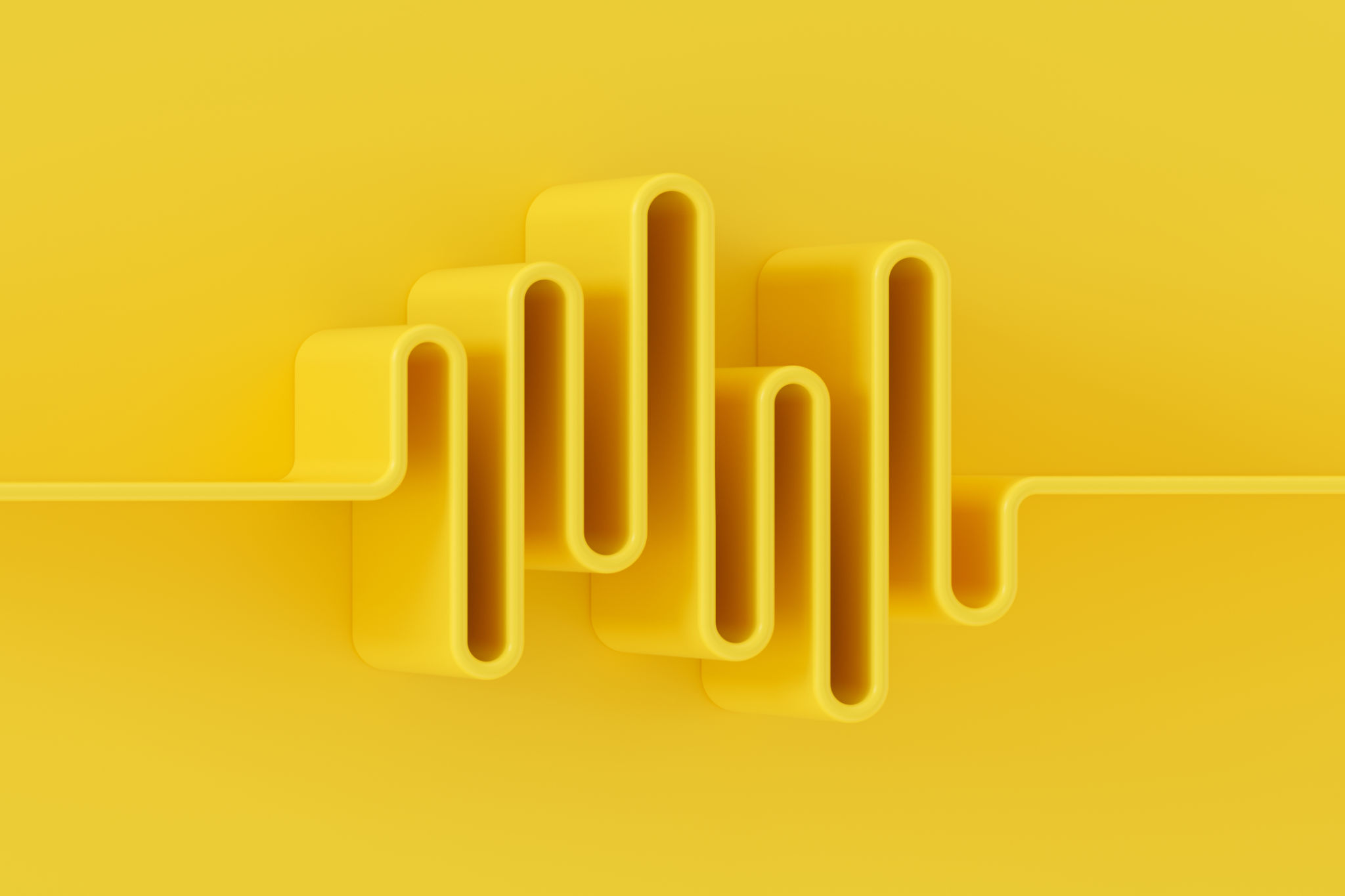DIY Tips for Creating a Unique Audio Setup with PA Hire
Ri
Understanding Your Audio Needs
Embarking on a journey to create a unique audio setup can be both exciting and daunting. Whether you’re setting up for an event, a podcast, or a live performance, understanding your specific audio needs is the first step. Consider the size of your venue, the type of event, and the number of attendees. This will guide you in selecting the right equipment to ensure clear and impactful sound delivery.
For instance, a small indoor gathering might only require basic speakers and microphones, while an outdoor event may need more robust and weather-resistant equipment. Once you have a clear idea of what your event demands, you can move on to selecting the appropriate gear.

Selecting the Right PA System
Public Address (PA) systems come in various sizes and configurations, each catering to different needs. When hiring a PA system, it's important to choose one that aligns with your event requirements. A basic PA system typically includes speakers, amplifiers, and microphones.
Consider the power output of the system. A higher wattage system is ideal for larger spaces or outdoor settings. Additionally, check if the system offers wireless capabilities for ease of movement and setup. Ensure the system is compatible with any other audio devices you plan to use, such as mixers or instruments.
Choosing Microphones
Microphones are crucial for capturing sound accurately. For vocal performances or speeches, dynamic microphones are often preferred due to their durability and ability to handle high sound pressure levels. If your event involves music or requires capturing subtle audio details, condenser microphones may be more suitable as they are more sensitive and offer a broader frequency range.

Enhancing Your Audio Setup
To further enhance your audio setup, consider incorporating additional components like mixers and equalizers. A mixer allows you to control the levels of different audio sources, ensuring a balanced sound. Equalizers help fine-tune frequencies to suit the acoustics of your venue or personal preferences.
Additionally, investing in quality cables and connectors can prevent interference and ensure the integrity of your audio signals. Opt for shielded cables to minimize noise and maintain clarity throughout your setup.
Utilizing Acoustic Treatments
Acoustic treatments can dramatically improve the sound quality in any space. Simple DIY treatments like hanging heavy curtains, placing rugs, or installing foam panels can reduce echo and unwanted noise reflections. These solutions are cost-effective and can significantly enhance listener experience by delivering clearer sound.

Testing and Troubleshooting
Before your event, it's crucial to test your audio setup thoroughly. Conduct sound checks to ensure all equipment is functioning correctly and at optimal levels. Pay attention to feedback issues, which can often be resolved by adjusting microphone placement or speaker orientation.
If you encounter any problems, check connections and settings promptly. Having a basic toolkit on hand with spare cables and adapters can save valuable time during troubleshooting. Being prepared will help you manage unexpected challenges and maintain smooth operations during your event.
Making Your Setup Unique
To add a unique touch to your audio setup, consider integrating visual elements like lighting that syncs with the music or dynamic video displays. This not only enhances the audience's experience but also makes your event stand out.
Furthermore, experimenting with unconventional speaker placements or incorporating interactive elements can create an engaging atmosphere. Encourage audience participation by using wireless mics or mobile apps that allow attendees to influence playlist selections.
